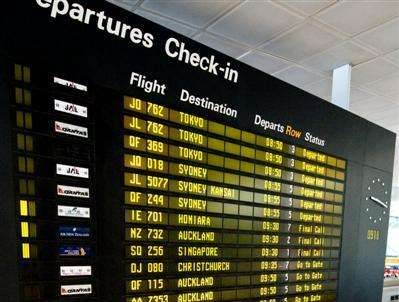Coming off an international flight into Australia’s major airports should be simpler and faster by mid-2019 as the government moves to paperless and mostly automated arrival procedures.
The Department of Immigration and Border Protection (DIBP) is now tendering for contactless gates at borders that it says will “remove the need for some [international] travellers to present their passport” on arrival.
The gates are intended to manage “the human element of the border crossing” and will primarily be tasked with capturing the inbound passenger’s biometric data.
Lab trials of the technology are expected in early 2017 followed by a pilot implementation for international arrivals at Canberra Airport.
Canberra only recently re-commenced accepting regular international flights, with Singapore Airlines announcing a route in September, and Qatar Airways coming on board last month.
Once the contactless system is bedded down in Canberra, it will progressively be rolled out at major airports across Australia between September 2017 and March 2019.
In addition to contactless arrivals, the incoming passenger card will also be digitised, though it is presently unclear how this will occur.
It will, however, be a welcome change for the many international travellers trying to write legibly in tiny boxes on a slip of paper while on a bumpy descent into their destination.
A third piece of automation will triage passengers based on how they have answered questions on the incoming passenger card.
This is presently manual where the card acts as a kind of “physical message stick” passed between border officers. It is presently marked by hand based on the responses to determine which queue to take through customs declaration.
DIBP is yet to tender for these two pieces of work, however, meaning it is unclear exactly when international travellers will have the full "seamless" arrivals paperwork experience.
One of the main reasons to go paperless and automated at Australia’s main border entry points is to cope with the sheer number of visitors.
Tourism Australia statistics show Australia had 8.14 million international visitors alone in the year to October 2016; this does not include residents returning, however they can already use automated gates upon arrival to speed up processing.
“The future outlook for Australia’s border is particularly challenging,” DIBP said in tender documents.
“Traveller numbers are growing significantly and within the next four years are expected to increase.
“To cope with these growing numbers through already space constrained airports, DIBP is exploring technological innovation and enhanced service delivery.
“As part of its reform agenda, DIBP is modernising and automating traveller processing at Australia's borders.”
The Department said it had a goal to allow “90 percent of travellers presenting to an automated border control processing point by 2020.”









